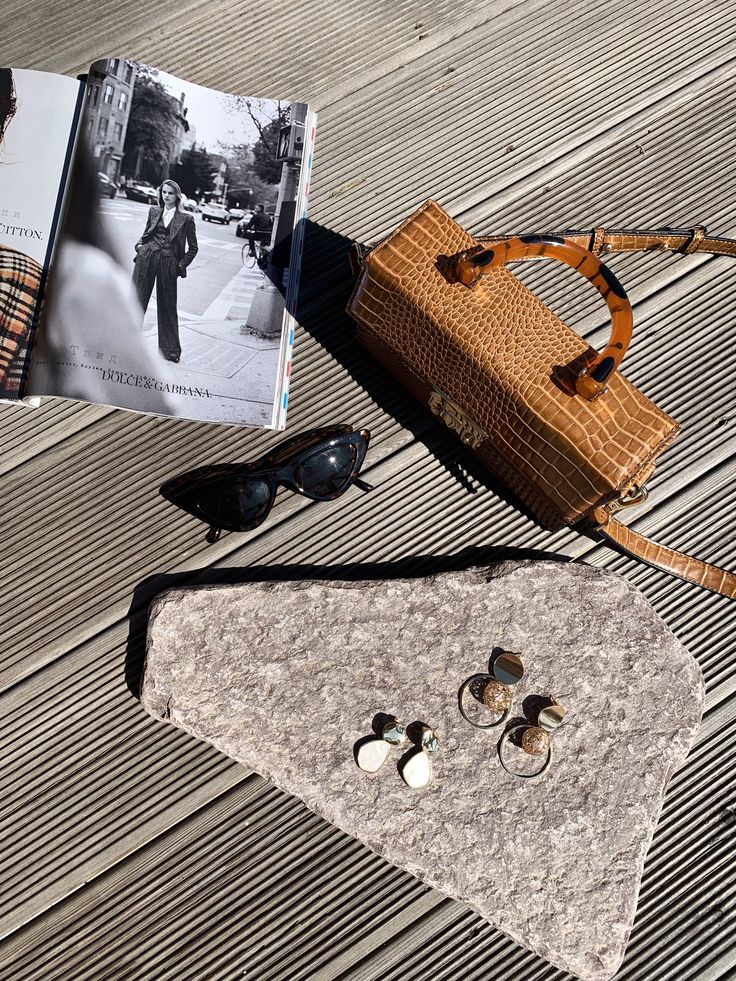Introduction
In today’s fast-paced fashion world, designer replicas have carved out a significant space in the market. With the increasing desire for luxury aesthetics and brand recognition, but without the matching budget, many consumers are turning to designer replicas as an alternative to high-end fashion pieces. These items mimic the design, look, and sometimes even the branding of luxury fashion labels, offering a similar visual appeal at a fraction of the cost. However, while the demand for designer replicas continues to grow, the conversation surrounding them is complex, involving legality, ethics, and the very nature of fashion and status.
What Are Designer Replicas?
Designer replicas are items that imitate the design and appearance of high-end luxury products. These may include handbags, watches, shoes, clothing, and accessories. They are created to resemble original designer items as closely as possible, often using similar materials and construction methods. While some replicas are marketed openly as inspired products, others attempt to replicate logos, labels, and packaging to make them nearly indistinguishable from the originals.
These replicas differ from counterfeit products in terms of marketing and intent. Counterfeits are sold as the real deal, with fake branding and the intent to deceive buyers or resellers. Designer replicas, on the other hand, are often sold with some transparency about their nature—they do not claim to be authentic but rather offer an affordable alternative to expensive items.
The Growing Market for Designer Replicas
The global market for designer replicas has seen exponential growth over the last decade. There are several reasons for this trend:
- Affordability: Luxury items come with steep price tags that many consumers simply cannot afford. Designer replicas allow individuals to achieve a high-end look without spending thousands of dollars.
- Trends and Social Media: The rise of social media, especially platforms like Instagram and TikTok, has created a culture centered around aesthetics and trends. People want to stay fashionable and show off stylish looks without breaking the bank. Replicas make it easier to follow fast-changing trends without making a long-term financial commitment.
- Perceived Value: Many consumers believe that luxury fashion is overpriced and that they can find similar quality and style at a lower price point. This perception fuels the demand for designer replicas as an acceptable alternative.
- Accessibility: With the growth of online shopping, designer replicas are more accessible than ever. Websites, forums, and social media groups offer buyers an easy way to find and purchase replica goods from all over the world.
The Ethical Debate
One of the most discussed aspects of designer replicas is the ethical implications of buying and selling them. On one hand, consumers argue that high-end fashion brands exploit their pricing power, and that choosing replicas is a form of rebellion against the elitist nature of luxury fashion. On the other hand, critics point out several serious concerns:
- Intellectual Property Rights: Designers and fashion houses invest significant time, creativity, and money in developing their designs. Replicas undermine this effort by copying the products without compensating the original creators.
- Economic Impact: The replica industry, while profitable for some, can negatively impact luxury brands, leading to revenue loss and job reductions in sectors related to luxury manufacturing.
- Labor Conditions: Many designer replicas are produced in unregulated factories where workers may face poor working conditions and low wages. The demand for cheap production often results in unethical labor practices.
- Sustainability Issues: Replicas, especially fast-made ones, often lack the durability of authentic items and contribute to fashion waste. Many are discarded quickly, feeding into the cycle of unsustainable consumption.
Legal Perspective on Designer Replicas
The legality of designer replicas varies depending on jurisdiction. In many countries, selling goods that infringe on trademarks or copyrighted designs is illegal. Even possessing counterfeit goods can lead to penalties in some regions. However, the line between replicas and counterfeits is often blurred.
- Trademark Violation: If a replica features the logo or brand name of the original designer, it can be classified as a counterfeit, leading to legal action.
- Design Patent Issues: Fashion designs may be protected under design patents or copyright laws. Replicating such designs without permission can be grounds for legal enforcement.
Despite legal risks, enforcement remains challenging, particularly in online marketplaces. Many sellers operate anonymously or from countries with lax enforcement policies, making it difficult for authorities to clamp down effectively.
The Consumer Perspective
For many consumers, designer replicas are a practical solution to participate in the world of fashion without the financial strain. Some of the key motivations include:
- Style Over Status: Not all buyers of replicas are trying to pass off fake items as real. Many simply want a stylish look and do not care about the brand name or exclusivity.
- Testing Before Investment: Some people use designer replicas to test a style or trend before committing to a more expensive purchase. If they find it suitable for their lifestyle, they may eventually invest in the authentic version.
- Limited Access: Not everyone has access to luxury boutiques or online stores that sell genuine designer products. Replicas provide a way to enjoy a certain aesthetic even in areas where luxury retail is scarce.
Influencer and Celebrity Influence
Interestingly, the normalization of designer replicas has been amplified by influencers and celebrities. While most high-profile individuals wear authentic luxury items, some influencers openly endorse or review replicas, claiming transparency and budget consciousness. This has contributed to reducing the stigma around buying replicas, especially among younger audiences who prioritize value and variety.
However, this also raises questions about influence and responsibility. Promoting designer replicas to a large audience may indirectly encourage unethical consumption or the undermining of intellectual property rights.
Alternatives to Designer Replicas
For those who love luxury aesthetics but are concerned about the ethical and legal implications of designer replicas, there are alternatives:
- Pre-owned Luxury Goods: Buying second-hand designer items from reputable resale platforms allows consumers to access authentic products at lower prices.
- Designer-Inspired Brands: Many fashion brands offer luxury-inspired styles without copying exact designs or logos. These items are legal and often produced with better transparency.
- Renting Fashion: Services that allow consumers to rent designer clothing and accessories are gaining popularity. This offers the chance to enjoy luxury fashion without long-term ownership.
- Supporting Independent Designers: Smaller, independent fashion designers often create unique and stylish pieces at more affordable prices. Supporting them not only avoids replicas but also promotes originality and craftsmanship.
Conclusion
The market for designer replicas is a reflection of modern consumer behavior, shaped by the desire for style, affordability, and accessibility. While these products provide an entry point into the world of luxury fashion for many, they also raise important questions about ethics, legality, and sustainability. As the fashion industry evolves, both consumers and brands must navigate this complex space thoughtfully, considering not just aesthetics, but also values and impact.
In the end, the choice between authentic fashion and designer replicas is deeply personal. But as awareness grows, so too does the demand for more transparent, ethical, and inclusive fashion solutions that allow everyone to express themselves with confidence and conscience.


